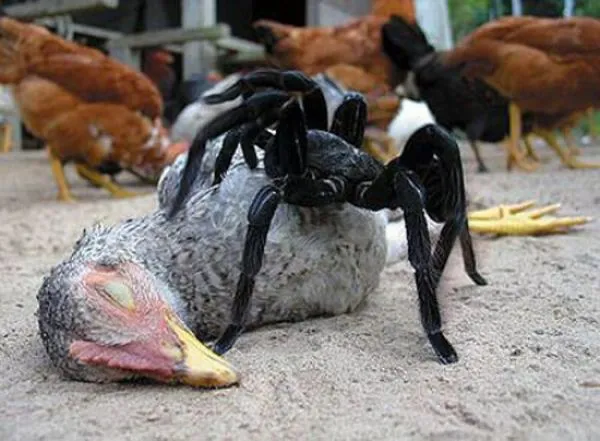Top 5 Facts About Tarantula Spider Starvation
Tarantula spiders, with their captivating appearance and intriguing behaviors, have become popular pets. However, responsible ownership involves understanding their unique needs, including their ability to withstand periods without food. This article delves into the critical topic of tarantula spider starvation, offering five key facts that every owner should know. From understanding their resilient metabolism to recognizing the signs of distress, this guide provides essential insights for ensuring your tarantula’s well-being. We’ll explore factors influencing their ability to endure food deprivation and provide practical tips for responsible care to prevent this. This is because tarantulas, while hardy, are still susceptible to the negative effects of prolonged starvation, which can significantly impact their health and longevity.
Tarantula Spider’s Unique Metabolism
One of the most fascinating aspects of tarantula spiders is their remarkably slow metabolism, which is a crucial factor in their survival. This slow metabolic rate allows them to conserve energy and survive for extended periods without food. Their bodies operate at a much slower pace than many other animals, reducing the need for frequent sustenance. This is partly due to their ectothermic nature, meaning they rely on external sources of heat to regulate their body temperature. This contrasts with endothermic animals, which generate their own internal heat and require more frequent feeding. The tarantula’s slow metabolism enables them to efficiently utilize nutrients and energy, making them incredibly adaptable to environments where food availability may fluctuate.
How Metabolism Impacts Starvation
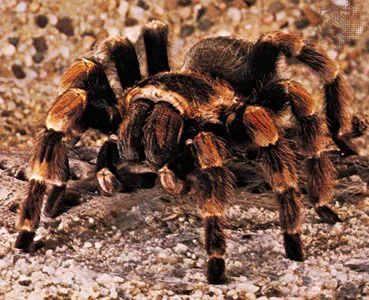
The slow metabolic rate directly influences how a tarantula spider copes with starvation. Because they burn fewer calories, they can survive longer without food compared to other animals with faster metabolisms. This is why tarantulas can go weeks, even months, without eating, especially adults. The spider’s body gradually draws upon stored energy reserves, allowing it to function, albeit at a reduced capacity. However, prolonged starvation will eventually deplete these reserves, leading to negative health consequences. Understanding this connection is vital for providing appropriate care, ensuring the tarantula doesn’t endure unnecessary suffering due to prolonged lack of food, and recognizing the early warning signs of starvation.
Signs of Starvation in Tarantulas
Recognizing the signs of starvation in tarantulas is paramount to their welfare. Early detection can help owners address the issue promptly and prevent serious health complications. These signs can manifest both physically and behaviorally, providing crucial clues about the spider’s well-being. Regular observation and monitoring of your tarantula are essential for identifying any changes that might indicate food deprivation. A healthy tarantula is active, responsive, and has a plump abdomen. Changes in these aspects may suggest that a tarantula is not getting the right nutrition.
Physical Indicators
Physical signs of starvation in tarantulas often include a noticeably shrunken or emaciated abdomen. The abdomen should be plump and round, as it houses the spider’s vital organs and food reserves. A decrease in the size of the abdomen indicates that the spider is depleting its stored fat and energy reserves. Furthermore, the spider may exhibit a loss of muscle mass, making the legs appear thinner. The exoskeleton might also appear dull or less vibrant. Another sign is the tarantula’s reduced activity level. A tarantula may become lethargic and spend more time motionless.
Behavioral Changes
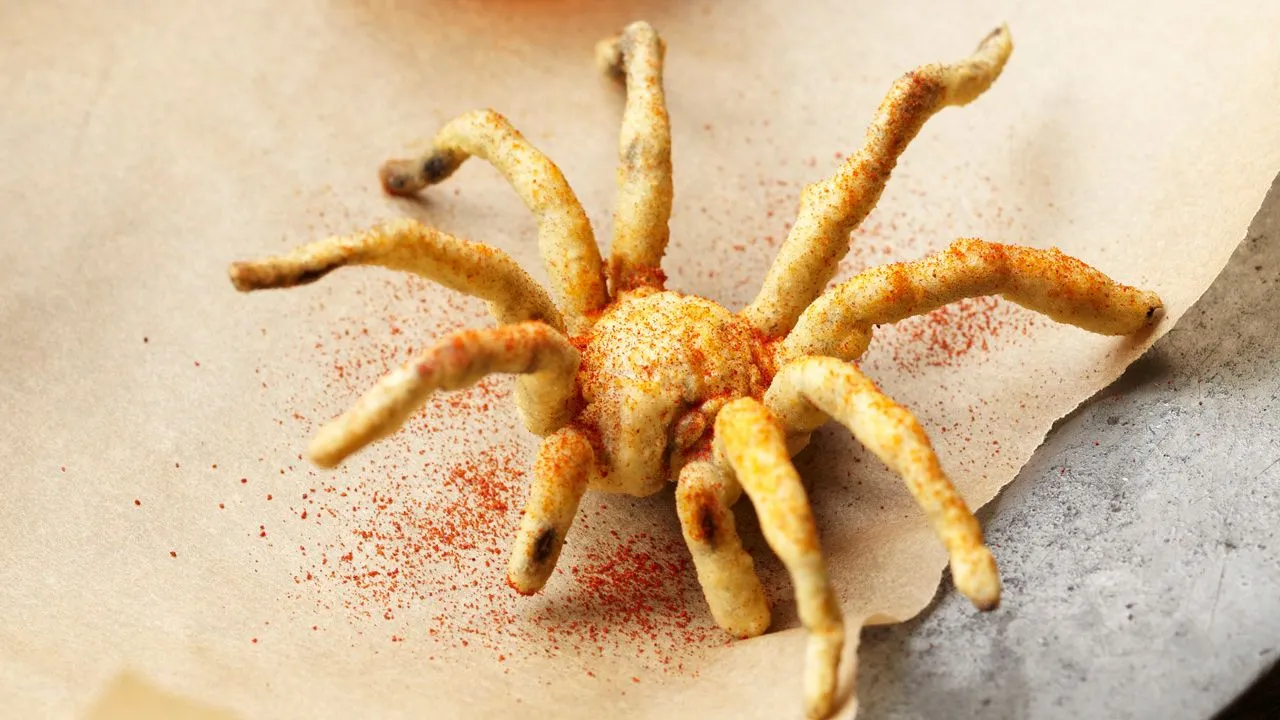
Behavioral changes are also crucial indicators of a starving tarantula. One of the most common signs is a lack of appetite. The spider might refuse to eat, even when offered food. It may also become less responsive to food or show a lack of interest. Changes in the spider’s burrowing behavior, or a lack thereof, can be another clue. A tarantula that typically burrows may start spending more time in the open, searching for food. Also, a stressed tarantula might become aggressive or defensive, acting in ways that differ from its usual behavior. Being aware of your tarantula’s normal behavior is critical for noticing these subtle but important changes.
Factors Affecting Starvation Tolerance
Several factors can influence a tarantula spider’s ability to withstand periods without food. Species, age, environmental conditions, and the overall health of the spider all play a significant role in its survival. Some species are naturally more resilient than others, while younger spiders or those in poor health may be more vulnerable to the effects of food deprivation. Understanding these factors is vital for providing tailored care to each individual tarantula, optimizing their chances of thriving. These factors interact and create a diverse range of circumstances that owners should be aware of.
Species Differences
Different tarantula species have varying metabolisms, impacting their food needs and starvation tolerance. Some species, such as the Grammostola rosea (Chilean rose hair), are known for their ability to survive for extended periods without food. Others, like certain arboreal species, may have higher metabolic rates and require more frequent feeding. Researching the specific requirements of your tarantula’s species is essential. This includes understanding its natural habitat, feeding habits, and the typical environmental conditions it thrives in. The more owners learn about their tarantula’s species, the more capable they are of ensuring its well-being and providing the best possible care.
Environmental Conditions

Environmental conditions, such as temperature and humidity, also significantly affect a tarantula’s metabolic rate and, consequently, its ability to endure starvation. Higher temperatures can increase the spider’s metabolism, leading to a greater need for food. In contrast, cooler temperatures slow down the metabolism, allowing the spider to conserve energy. Humidity levels are also critical, as they affect the spider’s hydration and overall health. Maintaining optimal environmental conditions is vital to ensuring the tarantula can manage periods without food without suffering significant adverse effects. Regular monitoring and adjusting of these conditions are important to mimic the natural habitat of tarantulas.
Impact of Starvation on Health
The impact of starvation on a tarantula’s health can range from minor inconveniences to life-threatening conditions. Understanding the short-term and long-term effects is essential for taking proactive steps to protect the spider’s welfare. Prolonged starvation can weaken the immune system, making the spider more susceptible to diseases and infections. Also, undernourished spiders may have difficulty molting, which is a critical process for growth. This can lead to serious complications, potentially shortening their lifespan and reducing their quality of life. Proper nutrition and the prevention of starvation are vital aspects of responsible tarantula ownership.
Long-Term Effects
The long-term effects of starvation can have a devastating impact on a tarantula’s health. Prolonged food deprivation can lead to permanent damage to the spider’s internal organs, including the liver and the digestive system. This damage can impair the spider’s ability to process nutrients, even when food becomes available. It also can affect the spider’s reproductive capabilities and shorten its lifespan. Furthermore, chronic undernourishment can weaken the spider’s immune system, increasing its vulnerability to diseases and infections. Addressing starvation promptly is crucial for avoiding these long-term consequences and protecting the spider’s future well-being.
Short-Term Effects

In the short term, starvation can manifest in several noticeable symptoms. A starving tarantula will often exhibit lethargy, reduced activity levels, and a loss of appetite. It may also display physical signs, such as a shrunken abdomen or muscle wasting. These short-term effects can impair the spider’s ability to hunt, move, and interact with its environment. If the starvation is not addressed quickly, the spider’s overall health will decline, weakening its immune system and making it more vulnerable to infections. It’s important to address these symptoms promptly to prevent more severe consequences.
Preventing Starvation in Captivity
Preventing starvation in captive tarantulas involves careful planning, consistent care, and a thorough understanding of their needs. Providing a proper feeding schedule and meeting their nutritional requirements are fundamental aspects of responsible ownership. Also, avoiding common mistakes, such as overfeeding or underfeeding, can help safeguard their health. Creating a suitable environment that mimics their natural habitat is equally important. Following these preventative measures ensures your tarantula will thrive in captivity, allowing them to live a long, healthy, and fulfilling life.
Proper Feeding Schedule
Establishing a consistent feeding schedule is essential for preventing starvation. The frequency of feeding depends on the spider’s age, species, and growth rate. Juvenile tarantulas generally require more frequent feeding than adults, as they are growing and developing at a faster pace. As a general guideline, young tarantulas may need to be fed every few days, while adults can be fed once or twice a week. However, always monitor the spider’s abdomen size and adjust the feeding schedule accordingly. If the abdomen is plump and full, the spider may not need to be fed as often. Regular observation and adjustments are vital to ensuring the tarantula receives the right amount of food.
Nutritional Needs
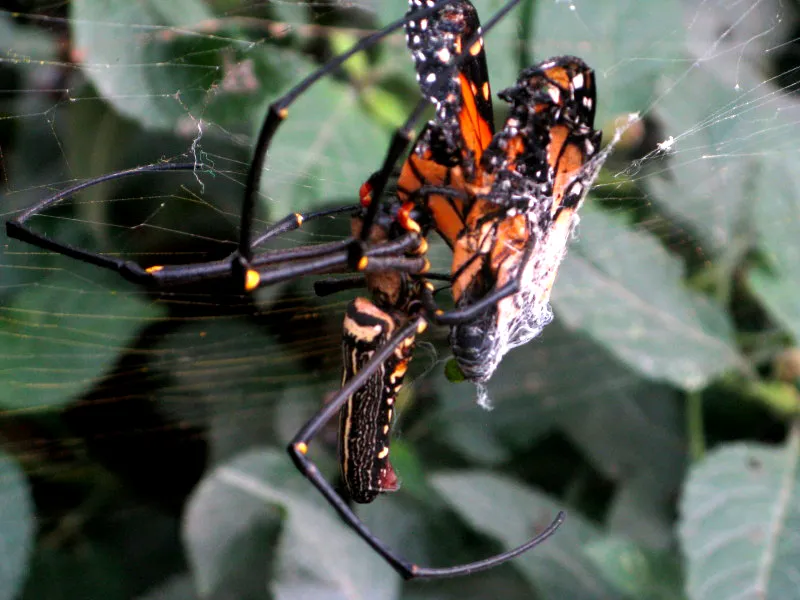
Providing a balanced diet is also critical to preventing starvation. Tarantulas are primarily insectivores and require a diet rich in protein and other essential nutrients. The type of insect you feed them can impact their overall health. Crickets, mealworms, and roaches are common food sources. Ensure that the insects are gut-loaded, meaning they are fed nutritious food before being offered to your tarantula. This ensures that the spider receives essential vitamins and minerals. Variety in their diet can contribute to a healthier and more balanced nutrient intake. Avoid feeding them insects that have been exposed to pesticides or insecticides, as these can be toxic to tarantulas.
Common Mistakes to Avoid
Several common mistakes can lead to starvation in captive tarantulas. Being aware of these pitfalls can help owners prevent these issues. One of the most frequent errors is failing to offer food regularly or in appropriate amounts. It’s equally crucial to avoid overfeeding, which can lead to obesity and other health problems. Maintaining an appropriate water source is also important for the spider’s health. Understanding and avoiding these common errors will significantly improve the spider’s chances of thriving.
Overfeeding and Underfeeding
Both overfeeding and underfeeding can be detrimental to a tarantula’s health. Overfeeding can lead to obesity, which can strain the spider’s internal organs and reduce its lifespan. It can also make the spider less active, potentially hindering its ability to hunt or escape danger. Underfeeding, of course, can lead to starvation and its associated health problems. It’s critical to find the right balance. The abdomen should be appropriately sized and not excessively large. Monitoring your tarantula’s eating habits and adjusting the feeding schedule accordingly is essential.
Importance of Water
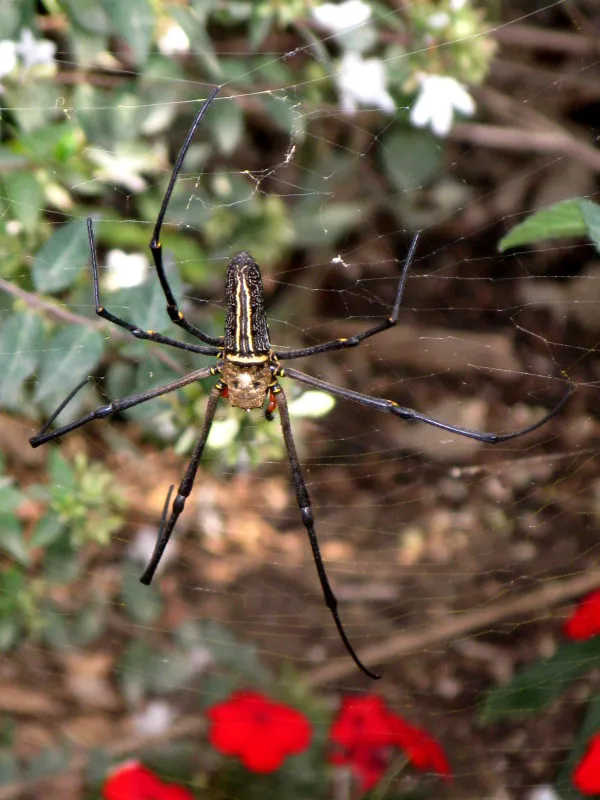
Water is a fundamental requirement for tarantula health. Dehydration can be as dangerous as starvation. A constant supply of fresh, clean water is essential for hydration and maintaining bodily functions. Water also supports the molting process, which is vital for growth. Always provide water in a shallow dish or via other means, like a water gel, that prevents the spider from drowning. Regularly check and replenish the water source to ensure it remains clean. A dehydrated tarantula may display several signs, including a wrinkled abdomen or a loss of appetite. Providing water helps ensure they do not suffer from these symptoms.
Conclusion
Understanding tarantula spider starvation is crucial for every owner who wishes to provide the best possible care for their pet. This involves understanding the spider’s unique metabolism, recognizing the signs of starvation, and taking preventative measures to ensure their well-being. By following the guidelines discussed in this article, you can make informed decisions about your tarantula’s diet, environment, and overall care. Always remember, responsible tarantula ownership is about more than just providing food. It’s about providing a suitable habitat, monitoring their health, and responding promptly to any signs of distress. Prioritizing your tarantula’s health ensures that you will enjoy a long and fulfilling relationship with your captivating pet.
